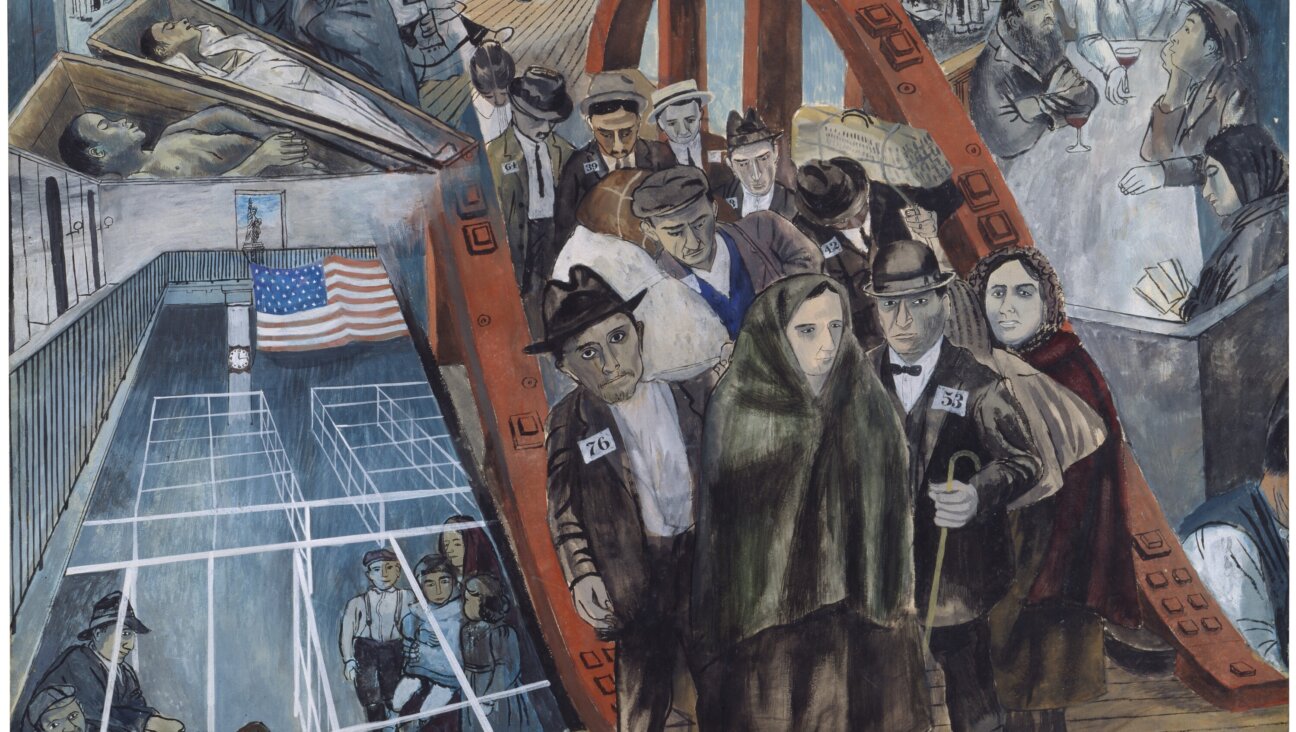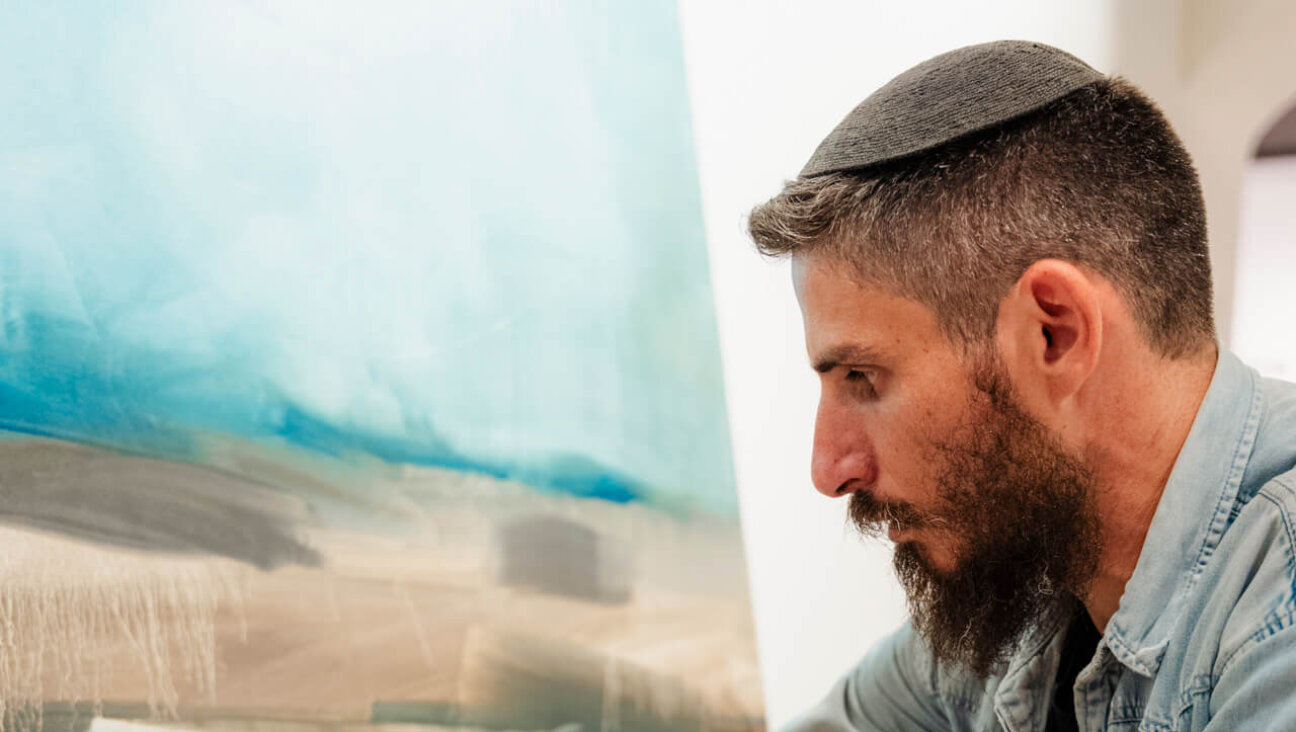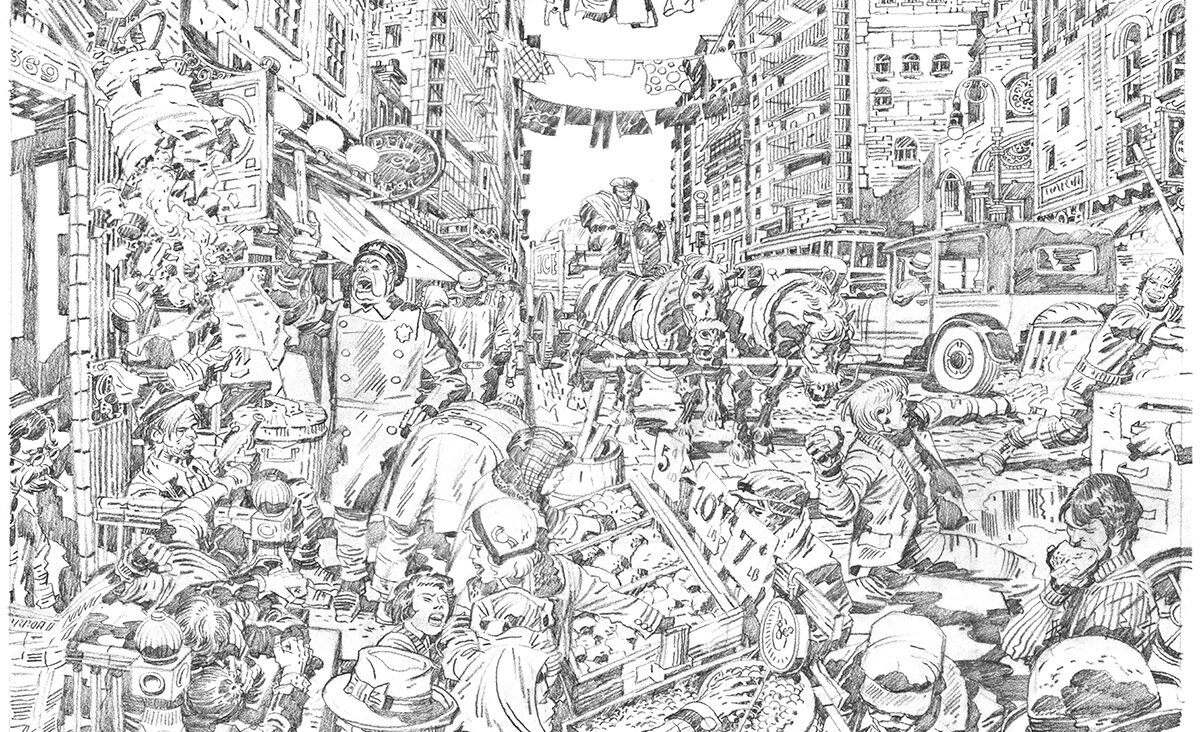‘Invisible Walls Of Occupation’ Shows A Different Side Of Palestinian Life

Graphic by Angelie Zaslavsky
In the Palestinian village of Burqah, 86% of men are employed, but 60% work unstable, part time jobs. 75% of families have five or more members, and half of such families live beneath the poverty line of $530 per month. 55% of residents expressed concerns about the Israeli military entering the village.
Statistics like this are scattered throughout “The Invisible Walls of Occupation,” an interactive documentary produced by B’Tselem, the Israeli Information Center for Human Rights in the Occupied Territories, in collaboration with Montreal-based digital design firm Folklore. It’s now accessible to all on B’Tselem’s website. Despite its openly didactic aims – an introductory text states that, “If you get to know Burqah and its residents, you’ll get a picture of what life is like in a village hemmed in by physical and developmental obstacles” – the project takes a sober-minded view of its subject. Facts are stated with minimal embellishment. In place of the pathos-pumping soundtrack one might expect from an issues-driven documentary is a reflective, ambient score and field recordings that heighten the sense of place.
This is due in some measure to the project’s origin as a case study of the same name published by B’Tselem. As an interactive documentary it takes a multimedia approach, blending interviews with photo collages, text, maps, and more. The experience is organized as a tour of the town, including stops at the homes of a village elder and a farmer as well as at a pre-school, girl’s high school, and the clinic.
The project remains committed to giving viewers an experience of day-to-day life that tends to be absent from media coverage. In a conversation with Hyperallergic’s Allison Meier, creator Osnat Ita Skoblinski said, “I wanted to see what it’s like to walk in the village, what is the architecture like, since you can’t always visit.” The politics of “Invisible Walls” are rooted in its focus on the quotidian. It takes its name from a quote from Lana Kan’an, a 21-year-old student: “We think a thousand times before we do anything. It’s not laziness; it’s concerns about harassment and attacks, and attacks by soldiers and settlers. It’s as if we live in a big prison, with invisible walls.”
Many of the interviewees speak about how checkpoints and road closures impact their lives, and the malicious influence of instability and a discriminatory legal system is palpable. At one point, we meet a young boy who uses his camera to record the settlers who harass his family. His footage consists of a series of clips showing gangs of masked men pelting his home with rocks. Seeing the harassment carried out through all four seasons of the year, we get a sense of the toll that it must eventually take.
However, “Invisible Walls” is not about the settlers, the military, or the Israeli state, but rather about Burqah and its residents. The occupation registers predominately in the ways it makes life worse — in daily anxieties, lowered expectations, and a shared degradation. Yet for all the bleakness it depicts, the project is not without a constitutive modicum of hope. It may not deliver the residents from their invisible prison, but it represents a modest step towards an eventual escape from invisibility itself.
Daniel Witkin is the Forward’s Culture Intern. Reach him at [email protected], or on Twitter @dzwitkin





















